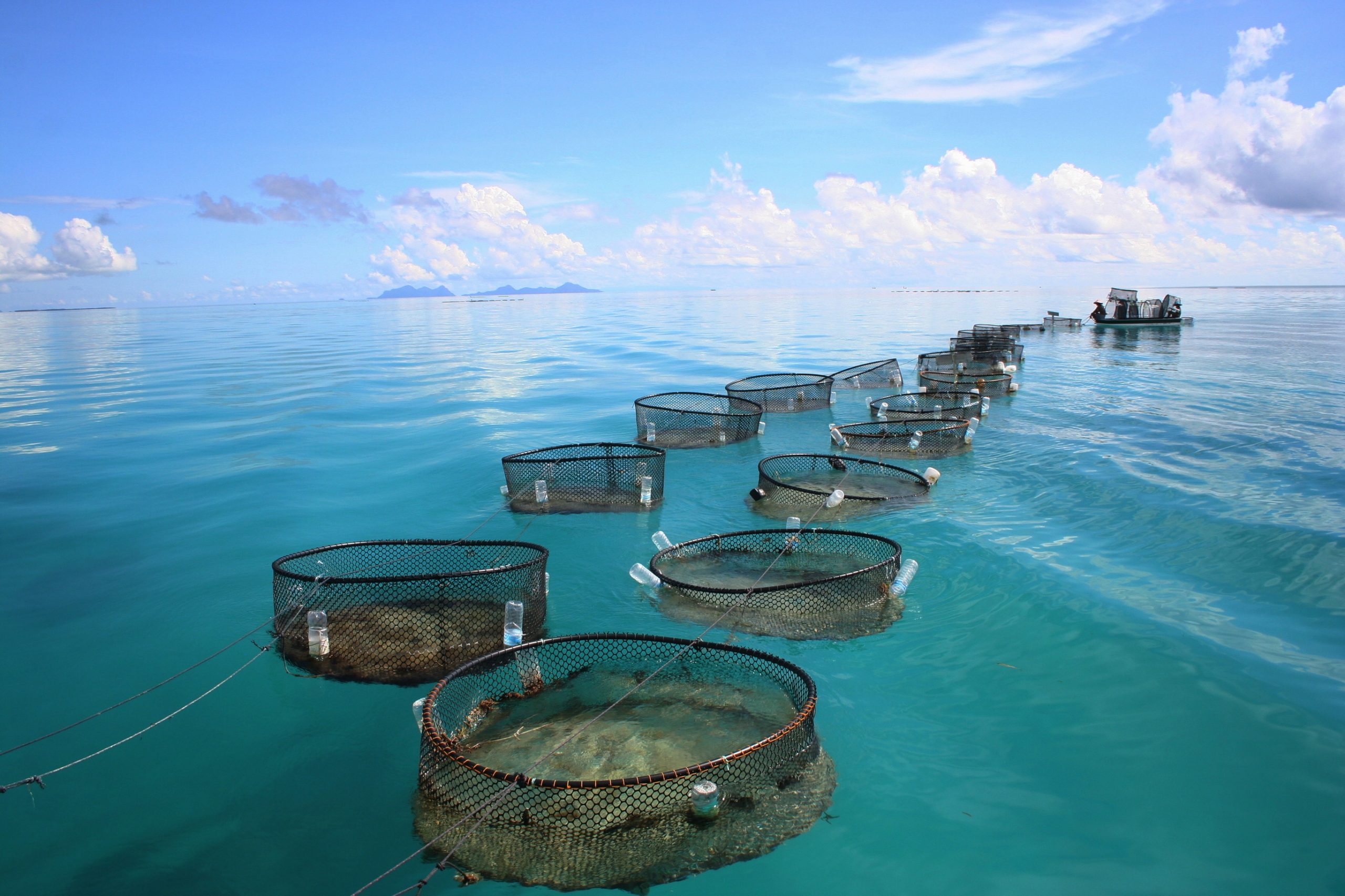The environmental invasion: How much time do we have?

I apologise for banging on about the environment. And I’ll get to the point of how it’s related to All About Feed, but first some background.
Remember when the weather used to be a safe topic. Everyone talked about it. You could complain about it – and everyone did – but no one was to blame. Not any more though. Someone is to blame, and it’s far from a safe topic. Where I come from (Australia) any mention of Anthropogenic Climate Change can fire up a real fervour. But has it passed the stage of debate and reached the point where we forget trying to hold the line and start seriously working out what we’re going to do to deal with the dramatic consequences of climate change?
The Great Southern Kelp Reef
Let’s look at some of the habitat changes that are taking place around the island continent. Everyone knows about the bleaching of The Reef. It’s been in all the papers. Already, 1,500km of reef has been effected and up to 65% of that has been damaged, particularly in the pristine far northern reaches. A report from the US National Oceanic and Atmospheric Administration (NOAA) forecast the possibility of a 3rd successive bleaching event on the Great Barrier Reef this summer. It’s modelling predicted the southern section of The Reef, which had hitherto escaped unscathed, was at greatest risk.
But there’s another reef that is part of the southern littoral of Australia. From 27ºS, it sweeps across the remoteness of the Great Australian Bight and embraces Tasmania with its chocolate and honey coloured fronds. It’s the giant kelp beds that cover over 70,000 square kilometres and forms the foundation of this crucial ecosystem. To put it in perspective, that’s the size of Ireland. These kelp forests generate an estimated $10 billion annually, mainly through fishing and tourism. Their bio-chemical potential is just being recognised, and the hydrological role they play in protecting the shoreline is not totally understood. And the Great Southern Kelp Reef is at risk from the same climatic extremes as the coral reef to its north.
Effects on coastlines
In 2011, an unprecedented marine hot spot of water brought down the WA coast by the Leeuwin Current, destroyed 100km of kelp beds. Dependent species of fish, crustaceans and shellfish perished in a mass die-off. At the time of writing there seems no hope of a recovery. However, it’s more insidious than that. As water currents become hotter they allow warm water species to move south. The south-eastern waters of Australia – one of 24 identified global oceanic hotspots* – are warming 2 and a half times faster than the global average. This has raised water temperatures by as much as 2.5ºC and allowed the long-spined sea urchin to cross Bass Strait. Free of natural predators in sufficient numbers to control them, they have devastated 95% of the kelp forest around Tasmania. Abalone and crayfish numbers have suffered accordingly.
But there are more indicators that our coastline is under siege. Apart from many square kilometres sea grass beds in Shark Bay, that support the world’s largest dugong population, (10,000 at last estimate) there’s been 1,000km of mangroves lost in the Northern Territory over the last 2 years due to abnormally dry monsoon seasons and rising salinity levels.
But warming water temperatures is not the only factor causing habitat change. Fishing pressure plays its part in the destructive process. Left to its own devices in marine protected zones, the impact on the battling ecosystem has been ameliorated somewhat, and the suffocating algal blanket that has coated so much of these devastated zones mentioned above hasn’t choked out the natural evolutionary process. Obviously a healthy sign and a clear message, but the will to act on the science, as usual, is overridden by the politics.
What does it mean for aquaculture?
So, what does this all this mean for aquaculture? (And yes, we’re getting closer to the nub of this column) Well to start with, the wild fishery is subject to the same bookends as the farmed product: the reliability and quality of its seedstock, and the market demand. The habitats discussed above – that are facing environmental collapse – are the hatcheries and nurseries of so many of the fish that make up the food pyramid. You don’t have to be Einstein to work out what that means for all those who go to sea in ships seeking the daily catch, and those waiting on-shore for the delivery of le poisson du jour. As far as aquaculture in concerned, it means that when they set up their stall at the wholesale markets, phone their food service industry clients, or sit across the desk with their caring retail chain buyer, they’ll be in a stronger position than they’ve ever been before.
But there’s a downside to this situation as well; and it’s a serious downside. You see, the farmed fish have to eat too. And they eat other fish. And those other fish – at this stage – come from the sea. So, the wild fishery supports the nutrition base of the farming sector. It could be fairly said that this is a classic Catch 22. The wild fishery is short of seedstock, and the farmed fishery is short of a major component of its nutritional supply. Both inputs are subject to the same environmental risk factors.
New feed sources
The reason I mention it ‘at this stage’ is because everyone who’s anyone in nutritional science is chasing the alchemy of fishmeal replacement: the holy grail of aquaculture. There’s been mixed success, and insect meal is showing some promise, but, as yet, nothing ticks all the boxes. In fact, it would be fair to say that there needs to be considerable research effort applied to determine the precise amino acid and fatty acid requirements of many of our aquaculture species, together with growth trials to determine the digestibility and nutrient availability of these new feed sources before a commercial solution can be discovered.
It’s a problem that we’ll have to solve sooner than we thought.
*another is the south-western corner of the Continent along which the Leeuwin Current flows.
BTW, here’s a link I came across that might help you follow some of the ocean current trends











